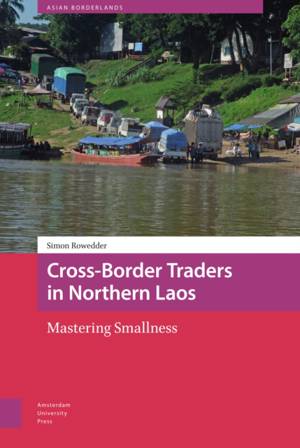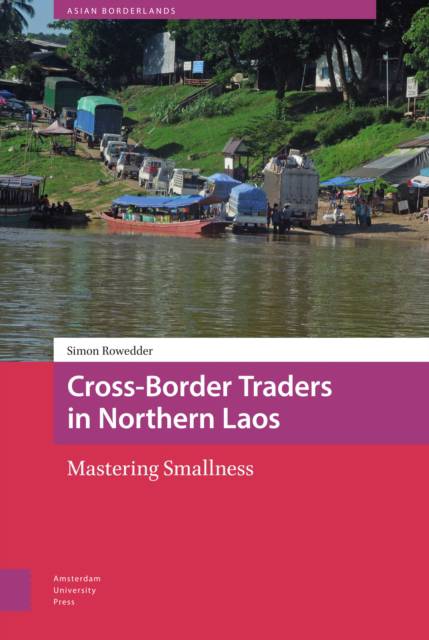
- Afhalen na 1 uur in een winkel met voorraad
- Gratis thuislevering in België vanaf € 30
- Ruim aanbod met 7 miljoen producten
- Afhalen na 1 uur in een winkel met voorraad
- Gratis thuislevering in België vanaf € 30
- Ruim aanbod met 7 miljoen producten
Zoeken
Omschrijving
Northern Laos has become a prominent spot in large-scale, top-down mappings and studies of neoliberal globalisation and infrastructural development linking Thailand and China, and markets further beyond. Yet in the common narrative, in which Laos appears as a weak victim helplessly exposed to its larger neighbours, attention is seldom paid to local voices. This book fills this gap. Building on long-term multi-sited fieldwork, it accompanies northern Lao cross-border traders closely in their transnational worlds of mobilities, social relations, economic experimentation and aspiration. Cross-Border Traders in Northern Laos: Mastering Smallness demonstrates that these traders' indispensable but often invisible role in the everyday workings of the China-Laos-Thailand borderland economy relies on their rhetoric and practices of 'smallness'--of framing their transnational trade activities in a self-deprecating manner and stressing their economic inferiority. Decoding their discursive surface of insignificance, this ethnography of 'smallness' foregrounds remarkable transnational social and economic skills that are mostly invisible in Sino-Southeast Asian borderland scholarship.
Specificaties
Betrokkenen
- Auteur(s):
- Uitgeverij:
Inhoud
- Aantal bladzijden:
- 262
- Taal:
- Engels
- Reeks:
Eigenschappen
- Productcode (EAN):
- 9789463722360
- Verschijningsdatum:
- 18/07/2022
- Uitvoering:
- Hardcover
- Formaat:
- Genaaid
- Afmetingen:
- 156 mm x 235 mm

Alleen bij Standaard Boekhandel
+ 324 punten op je klantenkaart van Standaard Boekhandel
Beoordelingen
We publiceren alleen reviews die voldoen aan de voorwaarden voor reviews. Bekijk onze voorwaarden voor reviews.











